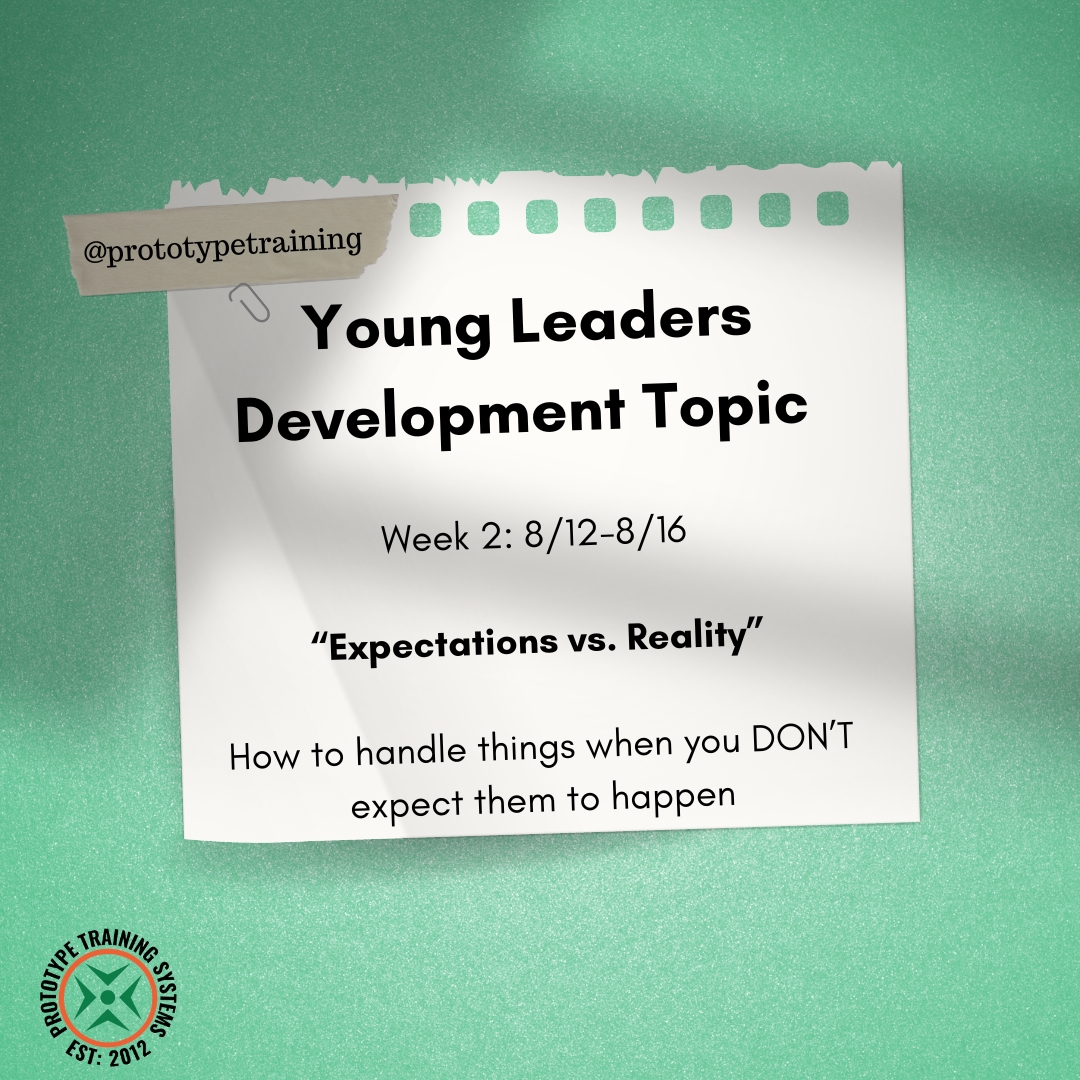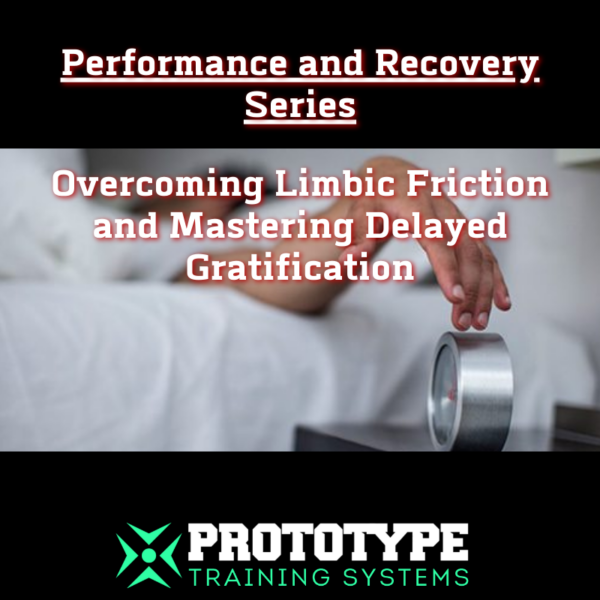Prototype Performance and Recover Series Part 6: Air Compression Sleeves
Prototype Performance and Recovery Series: Part 6

“The Benefits, Use, and Protocols of Compression Sleeves for Recovery”
At Prototype Training Systems, we strive to provide our clients with the best tools and methodologies for optimizing performance and recovery. One such tool that has gained popularity among athletes, including professional athletes, is the use of compression sleeves, such as the Normatec system. This article delves into the benefits, uses, and protocols of compression sleeves, supported by research and expert insights.
The Science Behind Compression Sleeves
Compression sleeves, including those from brands like Normatec, use intermittent pneumatic compression (IPC) to apply pressure to the limbs. This technology is designed to enhance blood flow, reduce muscle soreness, and accelerate recovery.
Benefits of Compression Sleeves
- Enhanced Blood Flow and Oxygenation Research shows that compression sleeves increase tissue oxygen saturation and enhance venous return, which helps in clearing metabolic waste products from muscles. A study by Ménétrier et al. (2011) found that compression sleeves significantly increased calf tissue oxygen saturation during and after exercise, which can aid in faster recovery (Ménétrier et al., 2011).
- Reduced Muscle Soreness and Inflammation Several studies have indicated that IPC can significantly reduce muscle soreness and inflammation. For instance, a study by Sands et al. (2015) showed that dynamic compression enhances the pressure-to-pain threshold, indicating reduced muscle tenderness and stiffness post-exercise ( Sands et al., 2015 ).
- Faster Recovery Times Compression garments are widely used to accelerate recovery times between training sessions. Brown et al. (2017) conducted a meta-analysis that found significant benefits in strength recovery, especially within 2-8 hours and more than 24 hours post-exercise ( Brown et al., 2017 ).
- Enhanced Performance for Subsequent Workouts While the primary focus of compression sleeves is recovery, some studies suggest they may also improve performance in subsequent workouts. For example, wearing compression sleeves has been associated with improved perceived recovery and reduced muscle soreness, which can enhance performance in later training sessions (Atkins et al., 2020) .
Practical applications using Normatec Compression at Prototype Training Systems
Example 1: Post-Workout Recovery
After a strenuous workout session, clients can use the Normatec compression sleeves to help reduce muscle soreness and accelerate recovery. Here’s how:
- Duration: 20-30 minutes
- Frequency: Immediately after training sessions
- Application: Use IPC on the legs or arms, depending on the muscle groups targeted during the workout. Adjust the pressure settings to ensure a comfortable, rhythmic compression that promotes effective recovery.
Example 2: Daily Recovery Routine
Integrate compression sleeve sessions into your clients’ daily routines, especially on rest days or days with lighter activity, to support ongoing recovery and maintain muscle health.
- Duration: 20-30 minutes
- Frequency: Daily, particularly in the evening to aid muscle relaxation and recovery
- Application: Clients can relax and unwind while using the compression sleeves, helping to reduce muscle tightness and improve overall recovery.
Example 3: Pre-Event Preparation
Before major events or competitions, use compression sleeves to enhance blood flow and prepare muscles for high-intensity performance.
- Duration: 10-15 minutes
- Frequency: Before major events or competitions
- Application: Use IPC to stimulate blood flow and prime muscles for the upcoming performance, reducing the risk of injury and enhancing readiness.
Integrating Compression Sleeves into Recovery Protocols
- Stress Reduction Protocol
- Morning Routine: Start the day with a 15-20 minute infrared sauna session at 100-130°F to promote relaxation and mental clarity.
- Midday Break: Take a 5-10 minute cold plunge at 50-59°F to reduce stress and rejuvenate the mind.
- Evening Routine: Use the Normatec compression sleeves for 20-30 minutes to help relax muscles and reduce stress before bed.
- Muscle Soreness and Recovery Protocol
- Post-Exercise: After intense exercise, spend 20-30 minutes in the infrared sauna at 110-150°F to reduce inflammation and speed up recovery.
- Cold Plunge: Follow up with a 10-15 minute cold plunge at 50-59°F to further reduce muscle soreness and enhance recovery.
- Compression Sleeves: Use the compression sleeves for 20-30 minutes to promote blood flow and reduce muscle tightness.
- Energy Boost Protocol
- Morning Routine: Kickstart the day with a quick 3-5 minute cold plunge at 50-59°F to boost alertness and energy levels.
- Pre-Exercise: Use the infrared sauna for 15-20 minutes at 100-130°F to warm up muscles and enhance flexibility.
- Afternoon Break: Use the compression sleeves for 10-15 minutes to refresh and energize for the rest of the day.
Conclusion
Compression sleeves, such as those from Normatec, offer significant benefits for athletic recovery by enhancing blood flow, reducing muscle soreness, and accelerating recovery times. By integrating these tools into your recovery routines at Prototype Training Systems, you can optimize performance and well-being. Whether you are a professional athlete or a fitness enthusiast, the use of compression sleeves can help you achieve your recovery goals and maintain peak performance.
References
- Ménétrier, A., Mourot, L., Bouhaddi, M., Regnard, J., & Tordi, N. (2011). Compression sleeves increase tissue oxygen saturation but not running performance. International Journal of Sports Medicine , 32, 864-868.
- Sands, W. A., McNeal, J. R., Murray, S. R., & Stone, M. H. (2015). Dynamic compression enhances pressure-to-pain threshold in elite athlete recovery: exploratory study. Journal of Strength and Conditioning Research , 29(5), 1263–1272.
- Brown, F., Gissane, C., Howatson, G., van Someren, K., Pedlar, C., & Hill, J. (2017). Compression garments and recovery from exercise: A meta-analysis. Sports Medicine , 47, 2245-2267.
- Atkins, R., Lam, W., Scanlan, A., Beaven, C., & Driller, M. (2020). Lower-body compression garments worn following exercise improves perceived recovery but not subsequent performance in basketball athletes. Journal of Sports Sciences , 38, 961-969.
By incorporating these practices into your routine at Prototype Training Systems, you can leverage the benefits of compression sleeves to optimize your recovery and enhance overall performance.
The post Prototype Performance and Recover Series Part 6: Air Compression Sleeves appeared first on Prototype Training Systems.
Previous Blogs



Climb to New Heights
Prototype Training Systems is more than a gym - it is a lifestyle. Join us today!
Book a free no-sweat intro session. Your coach will give you the best recommendation and program for your goals.
Sign up and start your journey at Prototype!
Quick Links
Contact Us
50 East Main St, Unit 1, Westborough, MA 01581

